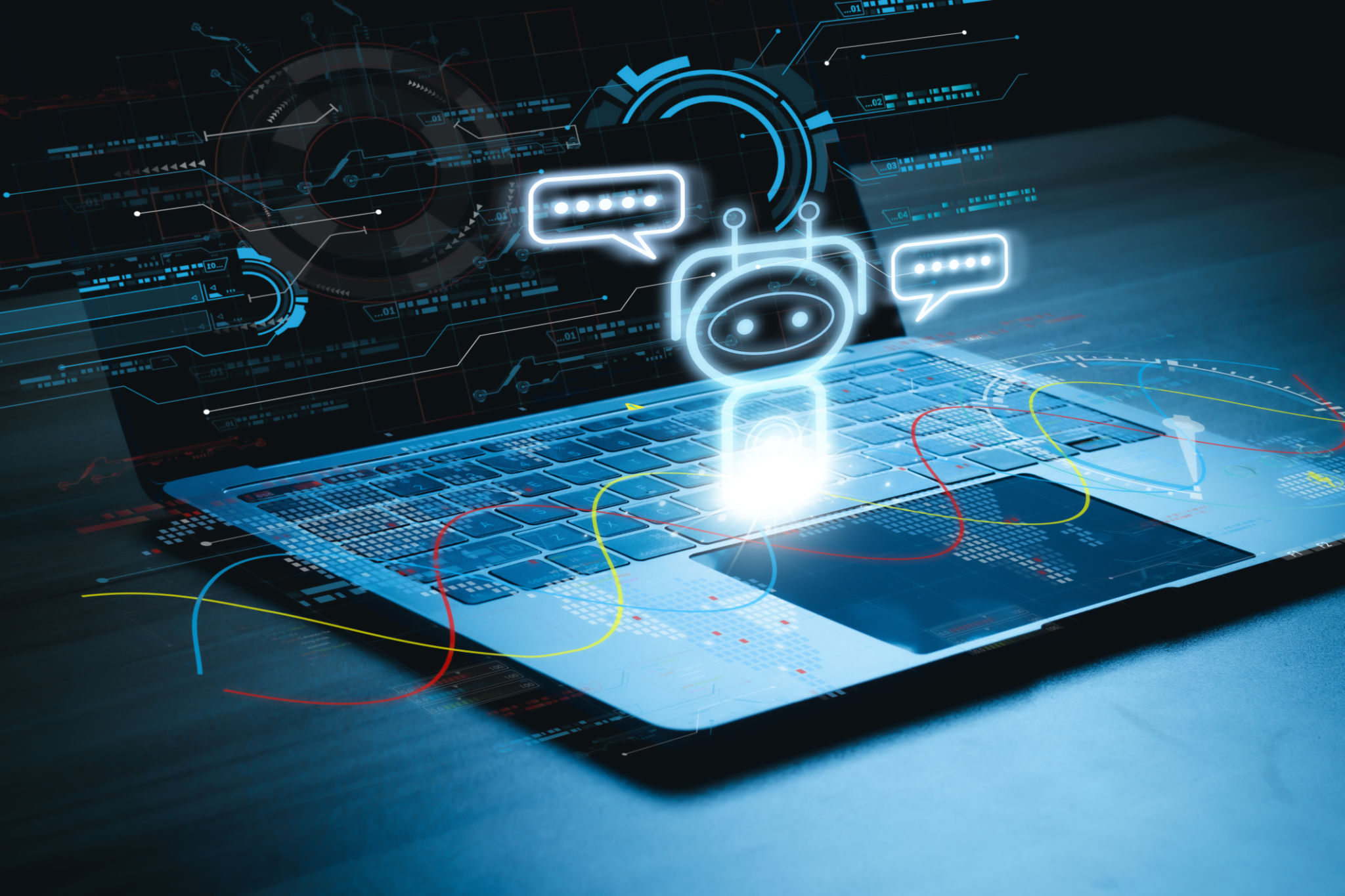Top 5 Trends in Website Design and Development Services
Introduction
The world of website design and development is ever-evolving, with new trends emerging each year. As businesses strive to create engaging and functional websites, staying updated with the latest trends becomes crucial. This blog post explores the top five trends in website design and development services that are shaping the digital landscape in 2023.
Responsive and Mobile-First Design
In today’s digital age, users access websites from a variety of devices with different screen sizes. As a result, responsive and mobile-first design has become a fundamental trend. This approach ensures that websites provide an optimal viewing experience across all devices, from desktop computers to smartphones.
Designers are prioritizing mobile experiences by adopting a mobile-first strategy, ensuring that sites are fully functional and visually appealing on smaller screens before scaling up for larger ones.

Benefits of Responsive Design
The primary benefit of responsive design is improved user experience, which can lead to increased engagement and conversion rates. Additionally, search engines like Google prioritize mobile-friendly sites in search rankings, enhancing visibility and driving organic traffic.
Dark Mode and Minimalistic Aesthetics
Another prominent trend is the rise of dark mode and minimalistic aesthetics. Dark mode not only offers a sleek and modern look but also reduces eye strain in low-light environments. Many users prefer dark interfaces, making it a popular choice for websites and applications.
Minimalistic design complements dark mode by emphasizing simplicity and functionality. This approach focuses on clean lines, ample white space, and strategic use of color to draw attention to essential elements.

Advantages of Minimalistic Design
Minimalistic design enhances readability and navigation, allowing users to find information quickly and efficiently. By eliminating unnecessary elements, websites load faster, further improving user experience and potentially boosting search engine rankings.
Integration of Advanced Technologies
Incorporating advanced technologies such as artificial intelligence (AI), chatbots, and virtual reality (VR) into website design is becoming increasingly popular. These technologies offer innovative ways to engage users and provide personalized experiences.
AI-powered chatbots can handle customer inquiries 24/7, providing instant support and improving customer satisfaction. Similarly, VR can create immersive experiences that captivate users and set brands apart from competitors.

Impact of Advanced Technologies
The integration of these technologies not only enhances user interaction but also provides valuable data insights. Businesses can use this data to refine their strategies, deliver targeted content, and improve overall service quality.
Microinteractions for Enhanced User Engagement
Microinteractions are subtle animations or design elements that respond to user actions. They play a significant role in enhancing user engagement by providing feedback, guiding users through tasks, and creating delightful moments.
These interactions can be as simple as a button changing color when hovered over or more complex animations that guide users through a process. They add a layer of interactivity that keeps users engaged and encourages them to explore the site further.
Conclusion
The landscape of website design and development continues to evolve rapidly, driven by technological advancements and changing user preferences. By embracing these top trends—responsive design, dark mode, advanced technologies, minimalism, and microinteractions—businesses can create dynamic websites that meet the needs of today’s digital consumers.
As we move further into 2023, staying informed about these trends will be key for businesses looking to enhance their online presence and maintain a competitive edge.
